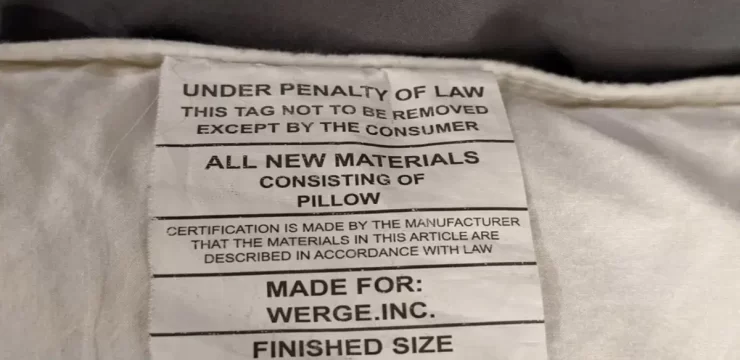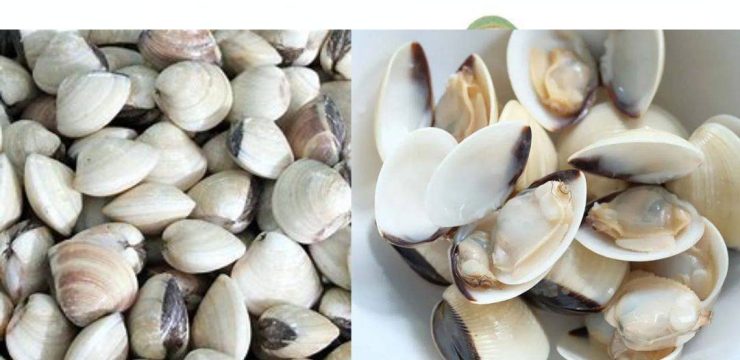Let’s be real for a second—have you ever reached into your grocery bag or wandered out to your backyard garden, grabbed what looked like a perfectly ripe, juicy tomato, and then—bam—you see a hole right there in the middle of it like it’s daring you to ask questions? It’s a weirdly unsettling moment, especially if that tomato was going to be the crown jewel of your salad. But before you chuck it in the compost pile with a dramatic sigh, let’s hit pause.

As gross or mysterious as holes in tomatoes may seem, they’re actually more common than you might think, and in most cases, there’s a straightforward reason behind them. So let’s dive into why your tomatoes might be looking like Swiss cheese, what it means for your crop, and how you can stop it from happening again. First off, something caused that hole—it didn’t just appear out of nowhere. The most likely culprits are pests, critters, or some kind of environmental stress. Bugs are the usual suspects. We’re talking tomato fruitworms, hornworms, beetles, stink bugs—the whole creepy-crawly gang.
They love your tomatoes just as much as you do and have zero shame about treating your garden like their personal buffet. These insects chew or bore tiny holes into the fruit, which can sometimes be deceiving because the damage inside is often way worse than what you see outside. I’ll never forget one summer when I spotted a huge green hornworm hanging out on my tomato plant like he paid rent. Not only did he devour several leaves, but he’d also burrowed right into a tomato like it was his new studio apartment. Then there are birds and squirrels. Sure, they’re cute when they’re frolicking around the yard, but they’re absolute menaces when it comes to ripening fruit. Birds, especially during dry spells, peck tomatoes to get moisture.
If you see small peck marks, especially at the top, you’re probably dealing with a bird. If a huge bite is missing? That’s your neighborhood squirrel, and he doesn’t even finish what he starts. Not every hole is the result of a living creature, though. Sometimes, it’s just nature doing its thing. Cold temperatures during the flowering stage can lead to a deformity called catfacing, which causes weird craters and holes in the fruit. Or maybe your watering schedule is inconsistent, and the stress is showing up as physical damage in your tomatoes. Sudden heavy watering after a dry period can make tomatoes split, which then invites pests and disease. Now, the million-dollar question—can you still eat a tomato with a hole in it? Well, maybe.
If the hole is small, and there are no signs of mold, slime, or anything crawling around, then chances are, it’s still good. Just slice around the affected area and use the rest. But if the tomato is giving off any funky vibes—like it’s mushy, moldy, or smells weird—it’s probably best to toss it. One time, I tried to save a tomato with a tiny hole, only to discover it was a tunnel with something moving inside. Safe to say, I screamed, dropped it, and learned my lesson.
To keep your tomatoes hole-free in the future, start with daily inspections. Even a quick glance can help catch trouble early. Look under leaves for eggs or droppings, and remove any pests you see. Water consistently to avoid stressing the plants and causing splits. Lightweight netting or garden fabric is great for keeping birds and squirrels at bay without harming them. You can also try companion planting—basil, marigolds, and garlic near your tomato plants can help keep certain bugs away while making your garden smell great. And of course, keep your garden clean.
Rotten fruit, dead leaves, and weeds are like party invites for pests. If you do find a hole in a tomato, here’s your plan: check it for bugs or mold, cut it open to inspect the inside, toss it if anything feels off, check surrounding plants, and deal with whatever caused it—whether it’s insects, inconsistent watering, or hungry wildlife. A tomato with a hole might feel like a disappointment, but it’s really just your garden trying to tell you something needs adjusting. And once you figure out what that is, you’ll be back to harvesting perfect tomatoes in no time. Sure, they can be a little high-maintenance, but when you bite into one you’ve grown yourself? Totally worth it. And if a few go to the birds? Consider it your donation to the local ecosystem—grudgingly.





